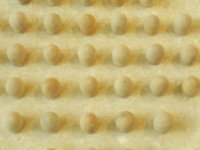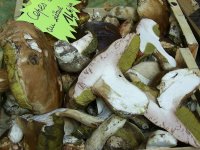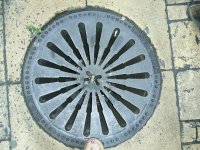
Sarlat, the capital of Périgord Noir, lies in a hollow between hills 10km or so back from the Dordogne river. You hardly notice the modern town, as it's the mainly fifteenth- and sixteenth-century houses of the vieille ville in mellow, honey-coloured stone that draw the attention.
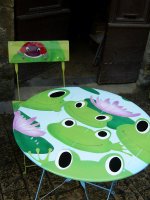
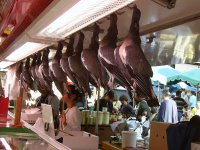
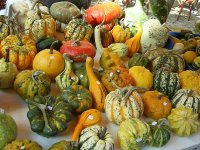
The vieille ville, now thankfully pedestrianized, is an excellent example of medieval organic urban growth, violated only by the straight swath of the rue de la République which cuts through its middle. The west side alone remains relatively un-chic; the east side is where most people wander. As you approach the old town from the station, turn right down rue Lakanal which leads to the large and unexciting Cathédrale St-Sacerdos, mostly dating from its seventeenth-century renovation. Opposite stands the town's finest house, the Maison de La Boétie once the home of Montaigne's friend Étienne de La Boétie, with its gabled tiers of windows and characteristic steep roof stacked with heavy limestone tiles (lauzes).
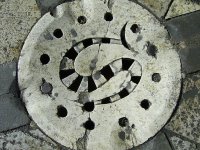
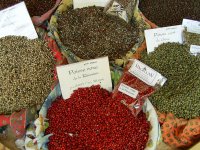
For a better sense of the medieval town, wander through the cool, shady lanes and courtyards – cour des Fontaines and cour des Chanoines – around the back of the cathedral. Directly behind the cathedral is the curious twelfth-century coned tower, the Lanterne des Morts, whose exact function has escaped historians, though the most popular theory is that it was built to commemorate St Bernard, who performed various miracles when he visited the town in 1147.
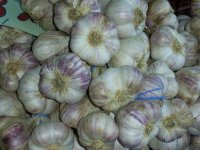
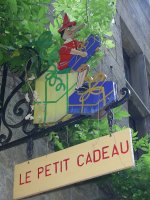
There are more wonderful old houses in the streets to the north, especially rue des Consuls, and up the slopes to the east. Eventually, though, Sarlat's labyrinthine lanes will lead you back to the central place de la Liberté, where the big Saturday market spreads its stands of geese, flowers, foie gras, truffles, walnuts and mushrooms in season, and where various people try to make a living from the hordes who hit Sarlat in the summer.
